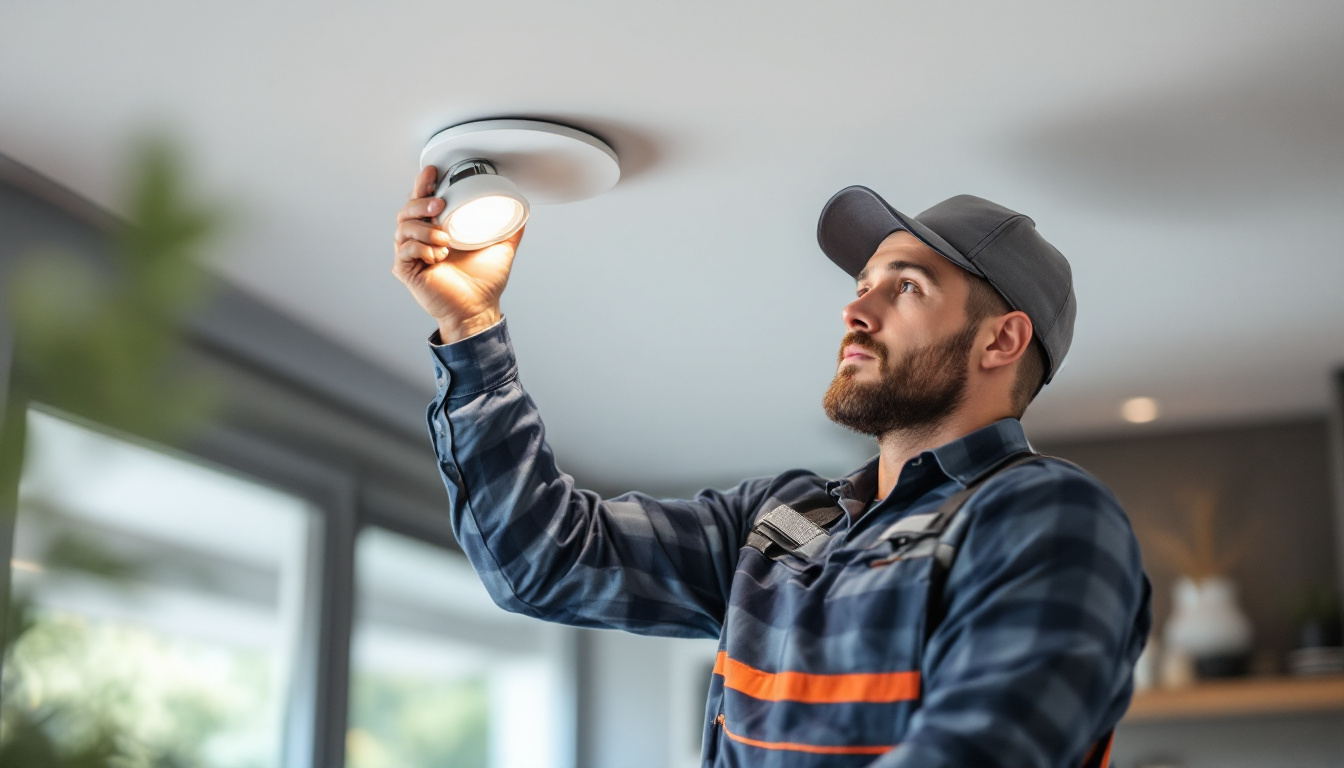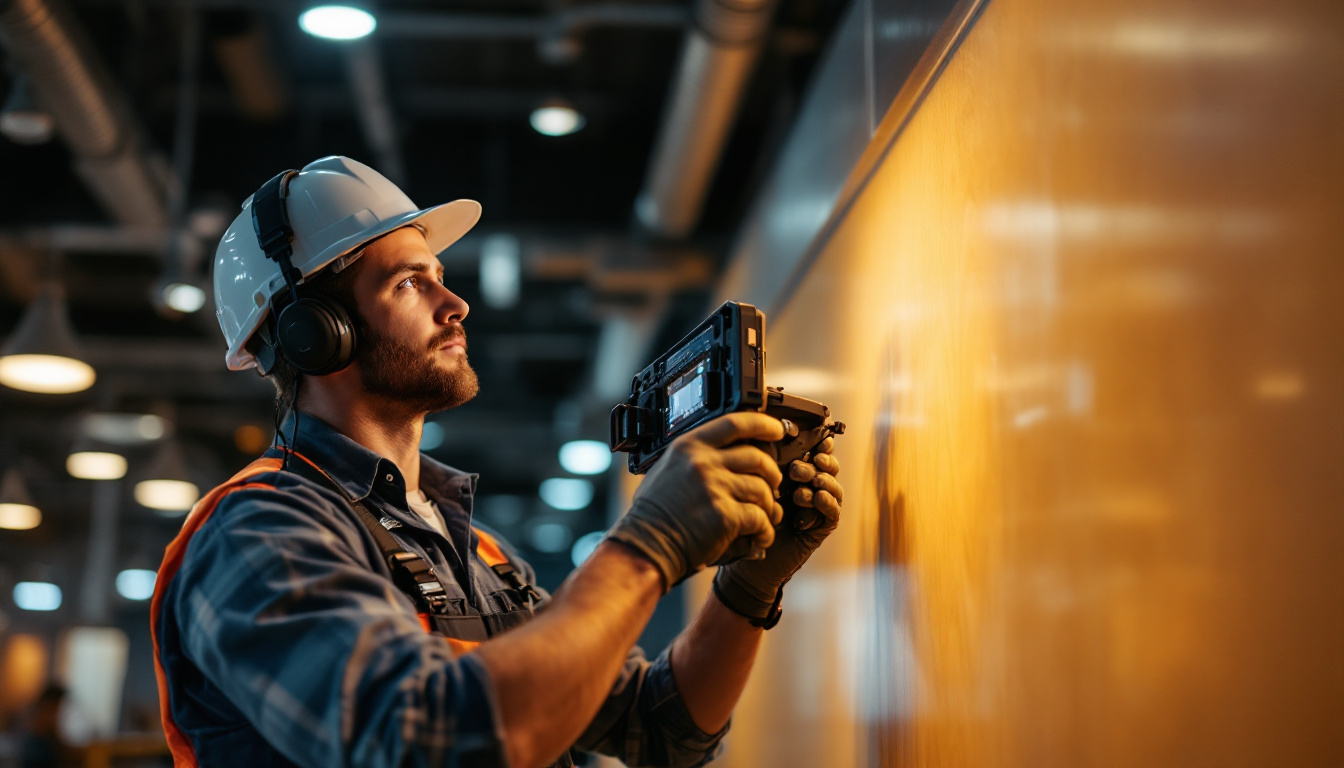
In the world of lighting, electrical ballasts play a crucial role in ensuring the efficient operation of various lighting systems. For lighting contractors, understanding the intricacies of ballasts is essential for selecting the right components, optimizing energy use, and ensuring safety and compliance. This comprehensive guide aims to equip lighting contractors with the knowledge needed to navigate the complexities of electrical ballasts.
An electrical ballast is a device that regulates the current to a fluorescent or HID (High-Intensity Discharge) lamp. It provides the necessary starting voltage and limits the current during operation, ensuring that the lamp functions effectively and safely. Without a ballast, these types of lamps would not operate correctly, leading to flickering, reduced lifespan, or even failure. The role of a ballast is crucial not only for the performance of the lamp but also for energy conservation and safety in lighting systems.
There are primarily two types of ballasts: magnetic and electronic. Each type has its unique characteristics and applications. Understanding these differences can help in selecting the right ballast for specific lighting needs, whether for residential, commercial, or industrial use.
Magnetic ballasts have been around for decades and are typically used in older fluorescent lighting systems. They consist of a transformer and a choke coil, which work together to regulate the electrical current. While they are generally more robust, magnetic ballasts are less energy-efficient and can produce more heat compared to their electronic counterparts. Additionally, magnetic ballasts tend to be bulkier and heavier, which can pose installation challenges in certain applications. However, they are known for their durability and reliability, often lasting many years in service.
Electronic ballasts are the modern solution for lighting systems. They use electronic circuitry to control the current and voltage supplied to the lamp. This type of ballast is more energy-efficient, produces less heat, and allows for features such as dimming and instant start. As a result, electronic ballasts are increasingly preferred in new installations and retrofits. Furthermore, they can operate at higher frequencies, which not only enhances the quality of light but also reduces flickering, creating a more comfortable environment for occupants. The compact design of electronic ballasts also allows for easier integration into various lighting fixtures.
Understanding the functions of ballasts is essential for lighting contractors. The primary functions include:
In addition to these key functions, ballasts also play a significant role in maintaining the overall lifespan of the lighting system. By ensuring that the current remains within safe limits, ballasts help prevent premature burnout of the lamps, which can be particularly beneficial in environments where lighting is critical, such as hospitals or schools. Moreover, with advancements in technology, some ballasts now come equipped with smart features that allow for remote monitoring and control, enhancing energy management and operational efficiency in large-scale lighting installations.
Selecting the appropriate ballast for a lighting project involves several considerations. Factors such as lamp type, application, and energy efficiency should all be taken into account.
Different lamps require specific types of ballasts. For instance, fluorescent lamps typically require either magnetic or electronic ballasts, while HID lamps may need specialized ballasts designed for their unique operating characteristics. Understanding the compatibility between lamps and ballasts is vital to ensure optimal performance. Additionally, LED technology has introduced a new dimension to ballast selection, as many LED fixtures are designed to operate without a traditional ballast, while others may require a compatible driver. This evolution in lighting technology necessitates a thorough understanding of both the existing systems and the new advancements to make informed decisions.
The intended application of the lighting system can significantly influence the choice of ballast. For example, in commercial settings where dimming capabilities are essential, electronic ballasts are often preferred. In contrast, residential applications may benefit from the simplicity and reliability of magnetic ballasts. Furthermore, specific environments, such as industrial spaces or outdoor settings, may require ballasts that are resistant to moisture and temperature fluctuations, ensuring longevity and consistent performance in challenging conditions. Understanding the nuances of each application can lead to more effective lighting solutions that cater to the unique demands of the space.
Energy efficiency is a critical factor in today’s lighting designs. Ballasts are rated based on their efficiency, often indicated by the ballast factor. A higher ballast factor means more light output for the same amount of energy consumed. Contractors should consider energy-efficient options to reduce operational costs and meet sustainability goals. Moreover, many regions offer incentives for using energy-efficient lighting solutions, which can further influence the decision-making process. By opting for high-efficiency ballasts, not only can one achieve significant savings on energy bills, but they can also contribute to a reduced carbon footprint, aligning with broader environmental initiatives and regulations aimed at promoting sustainability in building practices.
Proper installation of ballasts is crucial for ensuring safety and performance. Following best practices can help avoid common issues and extend the lifespan of the lighting system. A well-installed ballast not only enhances the efficiency of the lighting but also contributes to energy savings, making it a vital component in both residential and commercial settings.
Before beginning any installation, it is essential to take necessary safety precautions. This includes turning off power to the lighting circuit, using insulated tools, and wearing appropriate personal protective equipment (PPE). Ensuring a safe working environment protects both the contractor and the property. Additionally, it is wise to conduct a thorough inspection of the installation area for any potential hazards, such as water leaks or damaged wiring, which could pose risks during the installation process. Keeping a first aid kit on hand and having a clear emergency plan can further enhance safety measures.
Wiring is a critical aspect of ballast installation. Contractors should carefully follow the manufacturer’s wiring diagrams to ensure proper connections. Additionally, using the correct gauge of wire and ensuring secure connections can prevent overheating and electrical failures. It’s also beneficial to consider the length of wire runs; longer distances can lead to voltage drops, which may affect the performance of the ballast and lamps. Utilizing wire connectors that are rated for the specific application can also enhance the reliability of the installation, reducing the risk of future maintenance issues.
After installation, testing the ballast and the entire lighting system is essential. This includes checking for proper lamp ignition, ensuring there are no flickering issues, and verifying that the system operates within the expected parameters. If problems arise, troubleshooting should begin with checking connections and verifying that the ballast is compatible with the lamp. Furthermore, it is advisable to document the testing process and any issues encountered, as this information can be invaluable for future maintenance or upgrades. Regular follow-up inspections can also help in identifying issues before they escalate, ensuring that the lighting system remains efficient and effective over time.
Regular maintenance of ballasts can prolong their lifespan and enhance system performance. Understanding when and how to replace ballasts is equally important for lighting contractors.
Recognizing the signs of ballast failure can help prevent larger issues in the lighting system. Common indicators include:
If any of these symptoms are observed, it may be time to inspect or replace the ballast.
When replacing a ballast, it is crucial to select a compatible replacement that matches the original specifications. Following the same safety precautions as during installation is essential. After replacing the ballast, testing the system again ensures that everything is functioning correctly.
Lighting contractors must stay informed about the regulatory standards that govern electrical ballasts. Compliance with these standards is essential for safety, efficiency, and legality.
Various energy codes dictate the efficiency requirements for lighting systems, including ballasts. These codes often vary by region, so contractors should familiarize themselves with local regulations to ensure compliance. Non-compliance can result in fines or the need for costly retrofits.
In addition to energy codes, safety standards set forth by organizations such as Underwriters Laboratories (UL) and the National Electrical Code (NEC) provide guidelines for the safe installation and operation of electrical ballasts. Adhering to these standards is crucial for minimizing risks and ensuring the safety of both contractors and end-users.
The lighting industry is continually evolving, and advancements in ballast technology are no exception. Staying updated on these trends can help contractors remain competitive and offer the best solutions to their clients.
With the rise of smart technology, ballasts are becoming more advanced. Smart ballasts can communicate with building management systems, allowing for better energy management and control. Features such as remote monitoring and diagnostics can enhance operational efficiency and reduce maintenance costs.
As LED lighting becomes more prevalent, the role of ballasts is changing. While traditional ballasts are not compatible with LED lamps, new LED drivers are being developed to replace them. Understanding the differences between these technologies is essential for contractors as they transition to LED solutions.
Electrical ballasts are a fundamental component of many lighting systems, and their proper selection, installation, and maintenance are crucial for optimal performance. For lighting contractors, staying informed about the latest technologies, regulatory requirements, and best practices is essential for success in this competitive field. By mastering the intricacies of electrical ballasts, contractors can enhance their service offerings and ensure the satisfaction of their clients.
Ready to elevate your lighting projects with the highest quality ballasts and fixtures? Look no further than LumenWholesale. Our spec-grade lighting products are designed to meet the rigorous demands of any installation, ensuring you deliver reliable and high-performance lighting solutions to your clients. By choosing LumenWholesale, you gain access to premium products at wholesale prices, free shipping on bulk orders, and the convenience of cutting out the middleman. Don’t compromise on quality or value—visit Wholesale Lighting at the Best Value today and experience the difference for yourself.

Discover why caps for recessed lights are essential for lighting contractors.

Discover how the Light In The Box free shipping coupon is revolutionizing the way lighting contractors source materials.

Discover how vanity side lights can transform your space while boosting energy efficiency.

Discover how Keystone Technology is revolutionizing lighting installation projects with innovative solutions that enhance efficiency, reduce costs, and improve overall project outcomes.